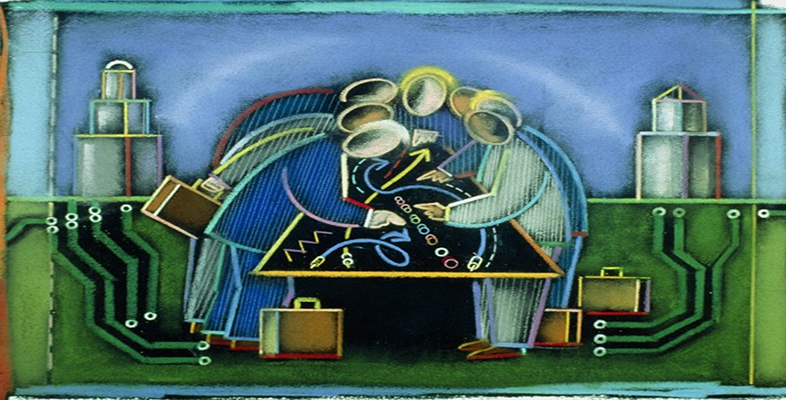4.4.1 Organisational routines
It is clear that the individual components of a capability should not be seen as separate: managerial systems, skills and knowledge and values and norms are all inextricably linked. Furthermore, they develop in parallel over time as a result of an organisation’s learning processes. Thus, it is the various dimensions acting together that constitute the capability – but, crucially, the formation and enactment of capabilities rely on organisational routines (Leonard, 1995).
Organisational routines are the organised activities carried out by an organisation as a result of learning and experience. They may be clearly described within an organisation’s policies and procedures, or may be only partially described, with a large proportion of how and why a particular process is being used held tacitly in the heads of individuals or within or between groups.
Organisational routines develop informally within organisations. They reflect the influence of the organisation’s management but also other influences on the way that things are done, such as peer or group pressure or tradition and long established practice within an organisation. They are the result of learning from experience on the part of many individuals. Routines can therefore be seen as part of organisational memory.
Organisational routines are important because they represent how tasks and processes are actually carried out within organisations. Thus, for a particular process there will often be a formal specification of how this operates that constitutes the espoused way of doing things. Unfortunately, owing to the difficulty of describing every minute detail of a process, some activities are likely to remain unspecified. Coupled with this, individuals and groups involved in operating a process will often find better and different ways of operation. This may be because they find a more efficient method or they may find that some unforeseen constraint makes the espoused process impractical and some ‘work around’ is developed. In the context of a specific technology, for example, the associated ‘informal’ organisational routines may be more effective than the espoused mode of operation. But it might also be the case that these new ‘informal’ routines are only optimal for the group of people developing them and not necessarily for others, or indeed the organisation as a whole.
In summary then, there are two important implications of Leonard’s model that are now widely accepted. The first is that a capability does not exist in a single dimension. For example, possessing a machine (a physical technical system) does not constitute having the capability to make use of it. Likewise, possessing employee knowledge and skill and the physical systems does not constitute a capability if the organisation has neither formal (managerial systems) nor informal (appropriate values and norms) control systems. The second is that the dimensions of a capability are essentially subsystems of a system; a capability therefore constitutes an emergent property of such a system (i.e. they emerge from the combination of the subsystems).
